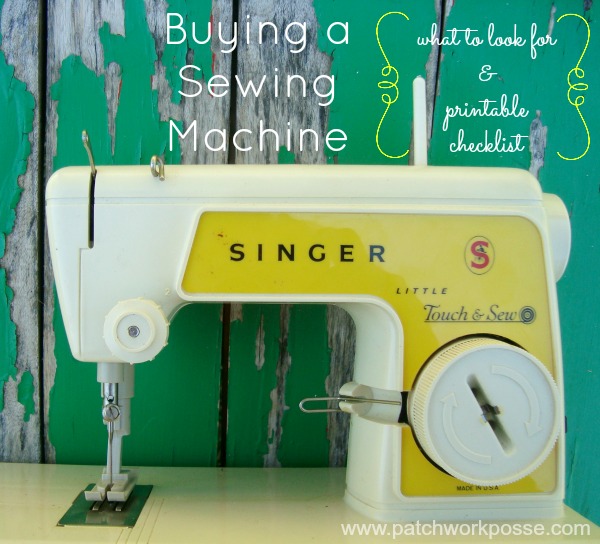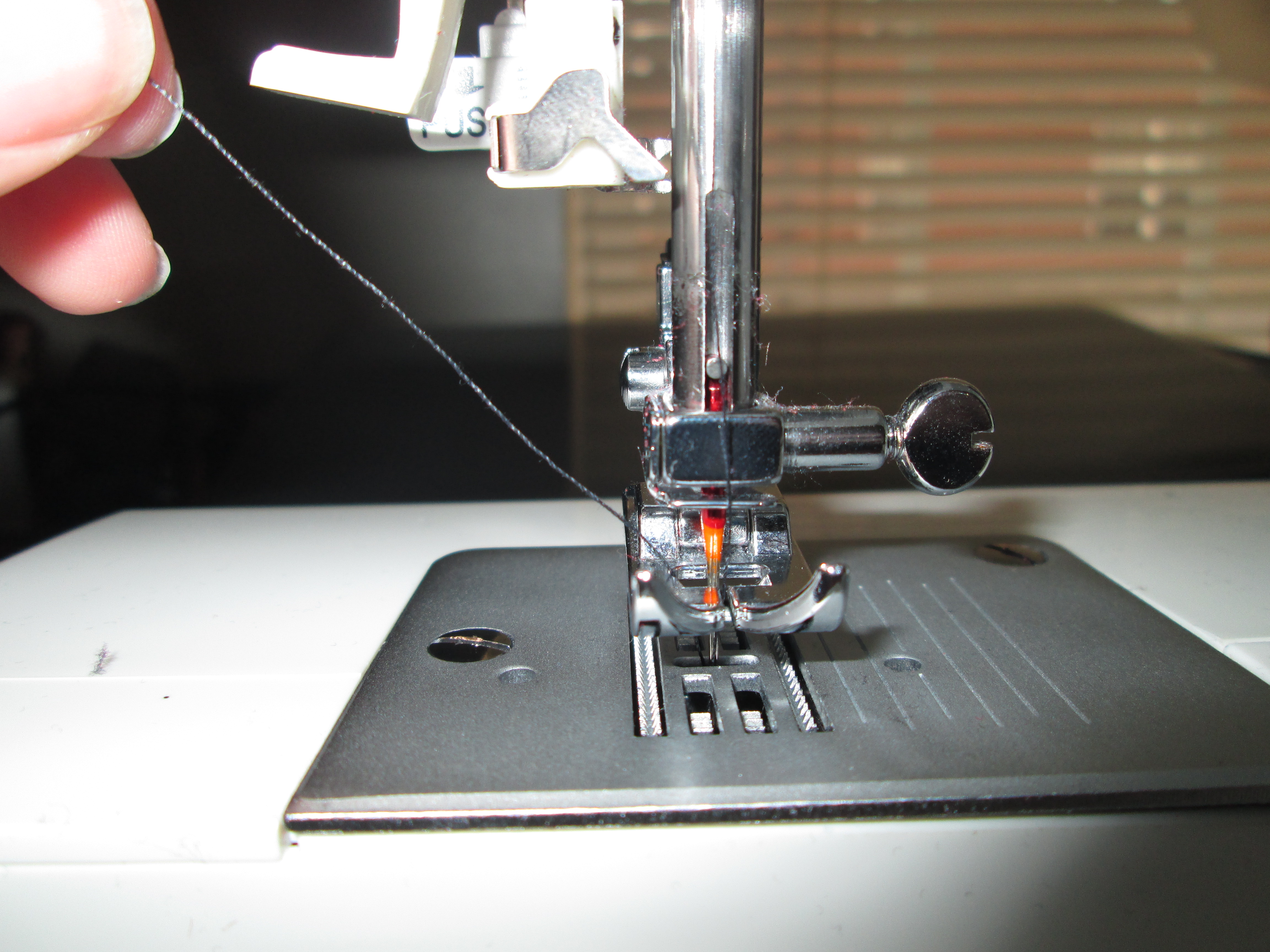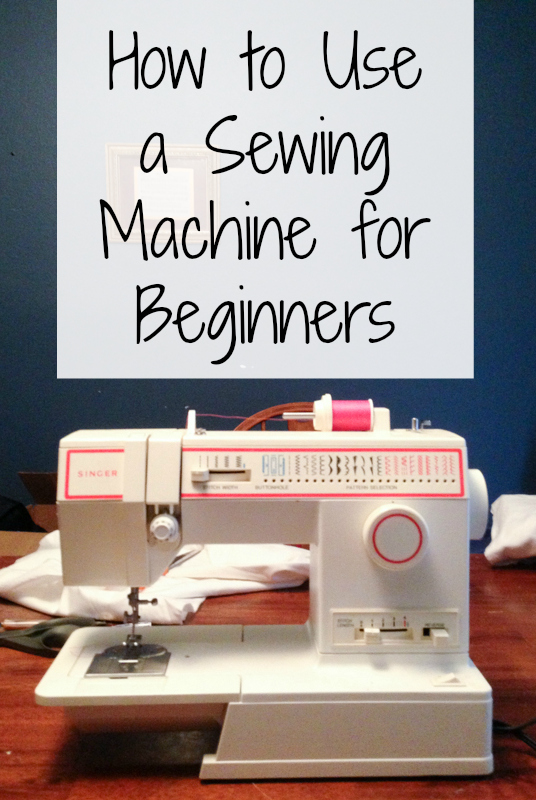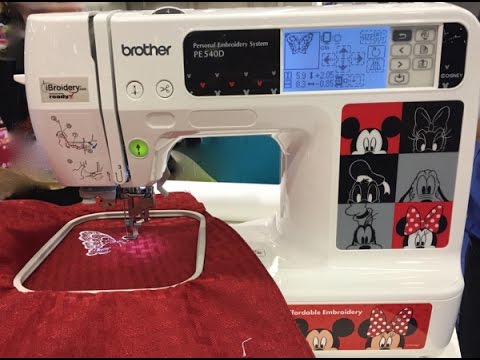The world would be quite different without the sewing machine. Manufacturers can produce all kinds of high-quality clothing at a low cost because of the mechanized sewing machine. Most people in the world can afford finely-stitched, sturdy clothing that only 200 years ago was a luxury.
At the heart of a sewing machine, the automated stitching mechanism is quite simple, even though the machinery which drives it is pretty elaborate and relies on a system of pulleys, gears and motors to properly function. When you really look at it, the sewing machine is one of the most ingenious and elegant tools ever made.
There are hundreds of different models of sewing machines on the market, varying considerably in performance and price. There are no-frills, conventional electrical designs for occasional home use on the low-end of the scale, and sophisticated electronic machines which connect to a computer on the high-end. There are all kinds of models for textile companies to choose from, including models that are streamlined and made specifically to sew a particular product. Uživatelské příručky.
Components of a Sewing Machine
A conventional sewing machine is an amazing piece of engineering. Inside of it is a mass of cams, gears, belts and cranks, which a single electric motor power. From machine to machine, the exact configuration of these elements varies, but they all work similarly.
The electric motor is connected by the way of a drive belt to a drive wheel. The long upper drive shaft is rotated by the drive wheel, and is connected to many different mechanical elements. A crank is turned by the end of the shaft, pulling the needle bar up and down. The crank moves the arm which tightens the thread as well. The tightening arm moves in synch with the needle bar, and lowers to make enough slack for a loop to form beneath the fabric, pulling up to tighten the loop once its released from the shuttle hook.
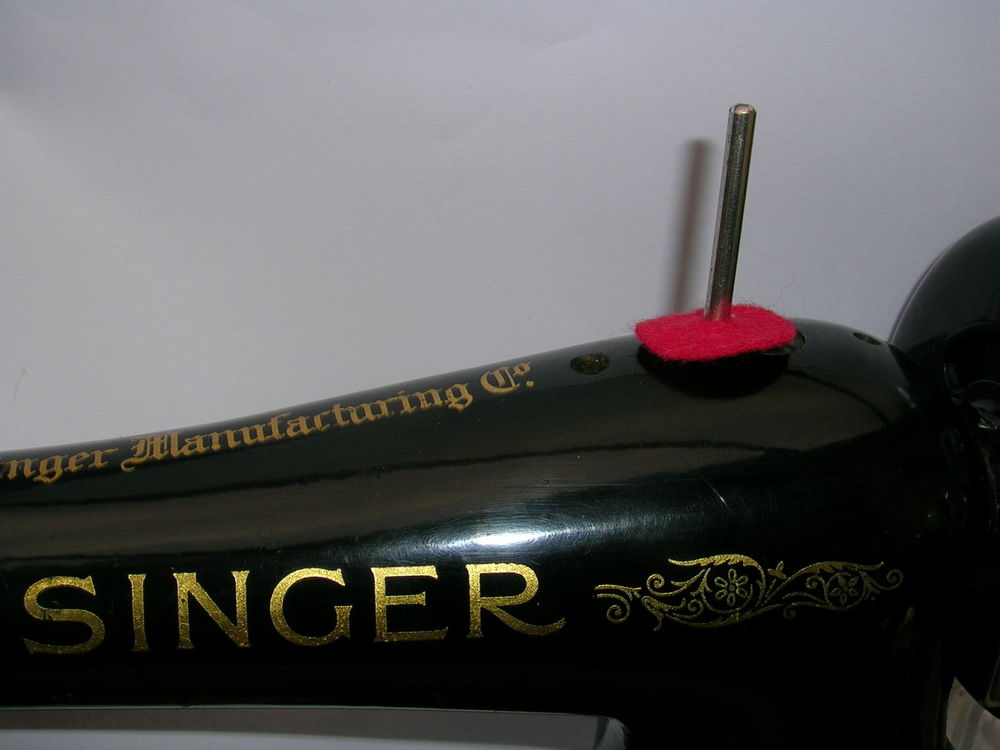
An illustration of the sewing machine spool
On the top of the machine is spool from which the thread then runs down through an arm for tightening and through a tension disc assembly. By turning this component, you can tighten the thread that feeds into the needle. The tension has to be tighter when you are sewing fabric which is thinner as opposed to sewing thicker fabric.
The first element found on the shaft is a belt which turns another drive shaft farther down. Two bevel gears is connected to the end of this, which rotate the shutter assembly. The needle assembly and shuttle assembly have to be in unison at all times since they are both connected to the same drive shaft.
The lower shaft moves linkages which operate the feed dog mechanism as wel. A linkage slids the feed dog forwards and backwards every cycle. Another linage moves the feed dog up and down at the same time. These two linkages are synchronized, pressing the feed dog against the fabric and shifting it forward then moving it down to release the fabric. It then shifts backward before it presses up against the fabric again so that the cycle repeats.
